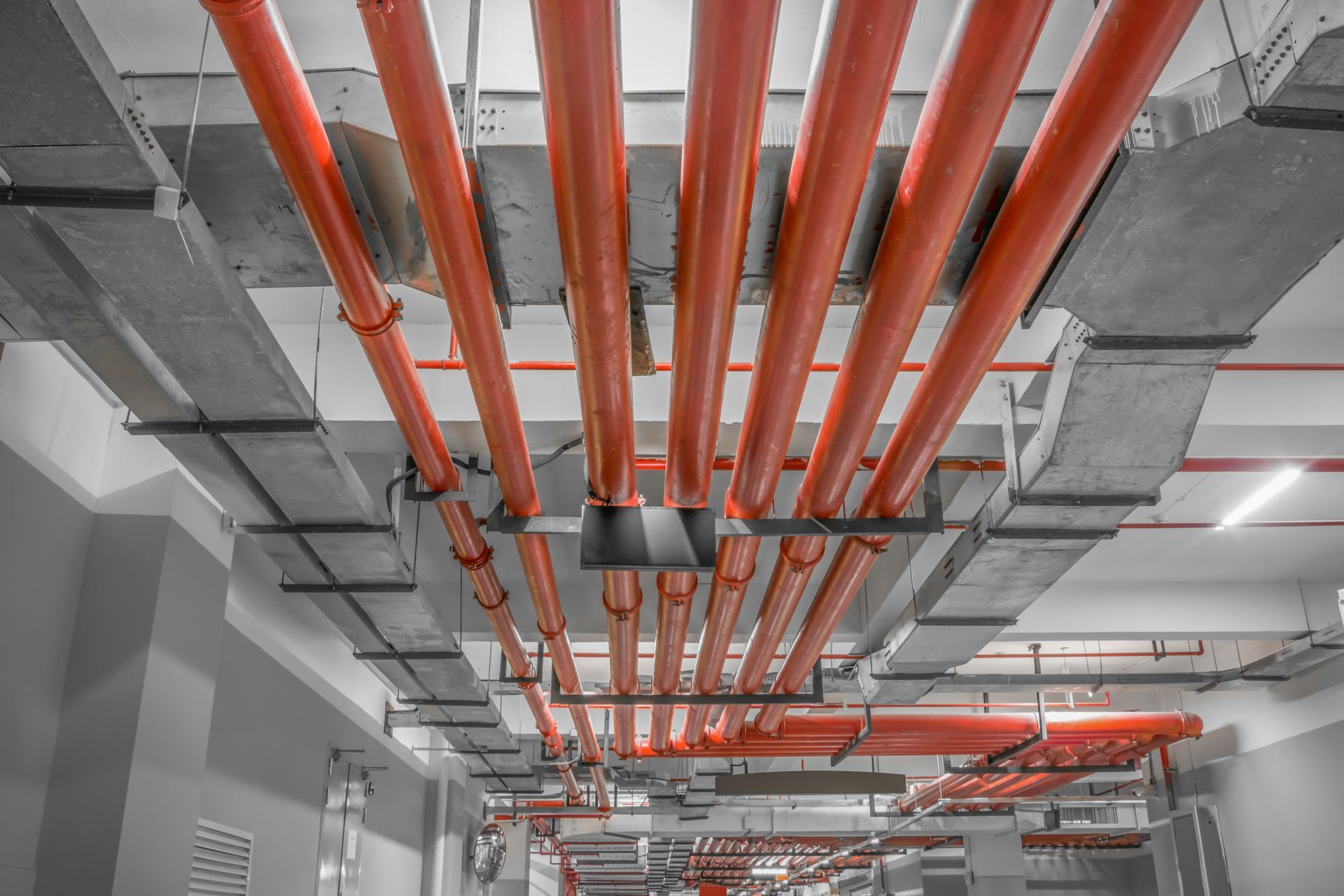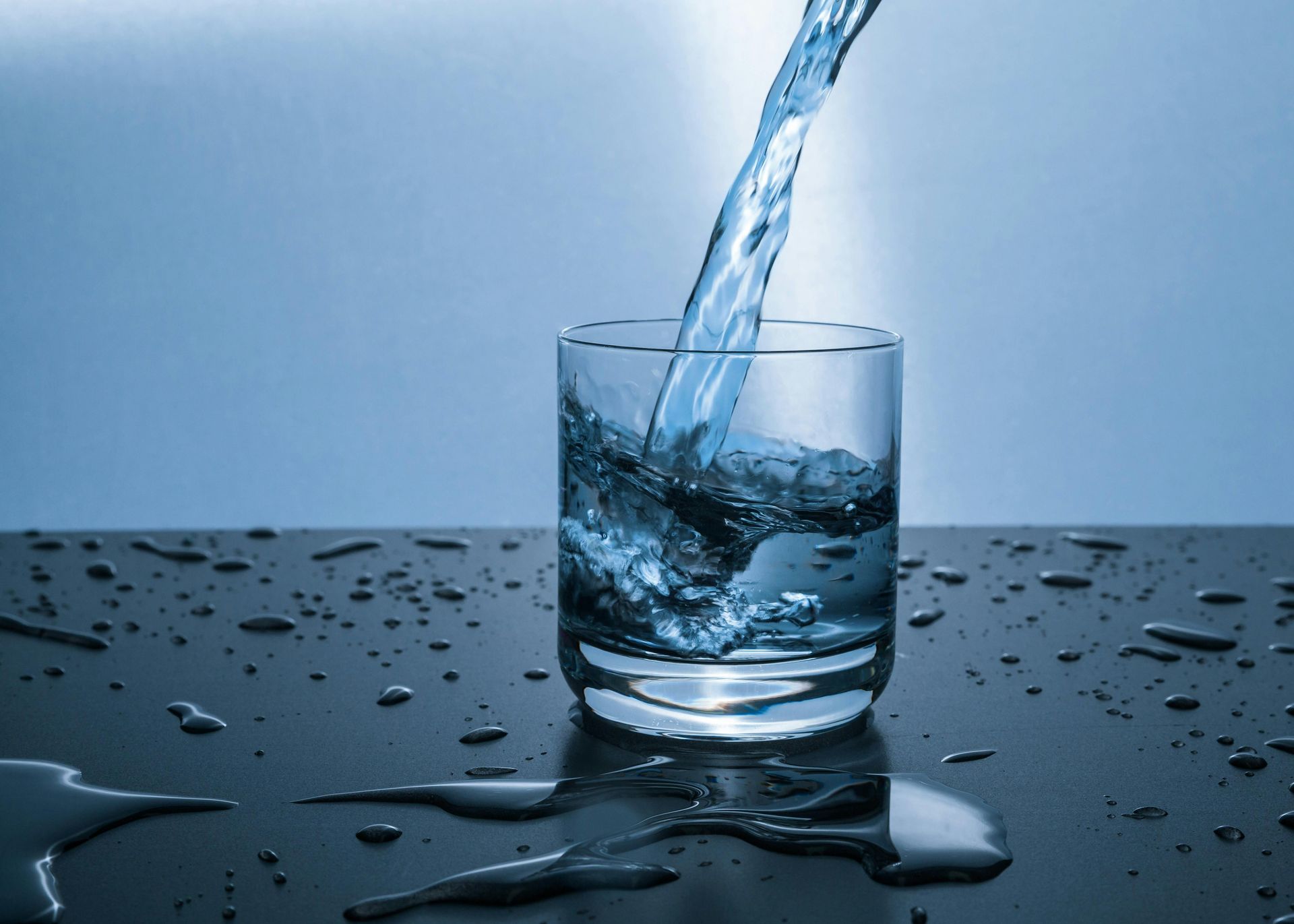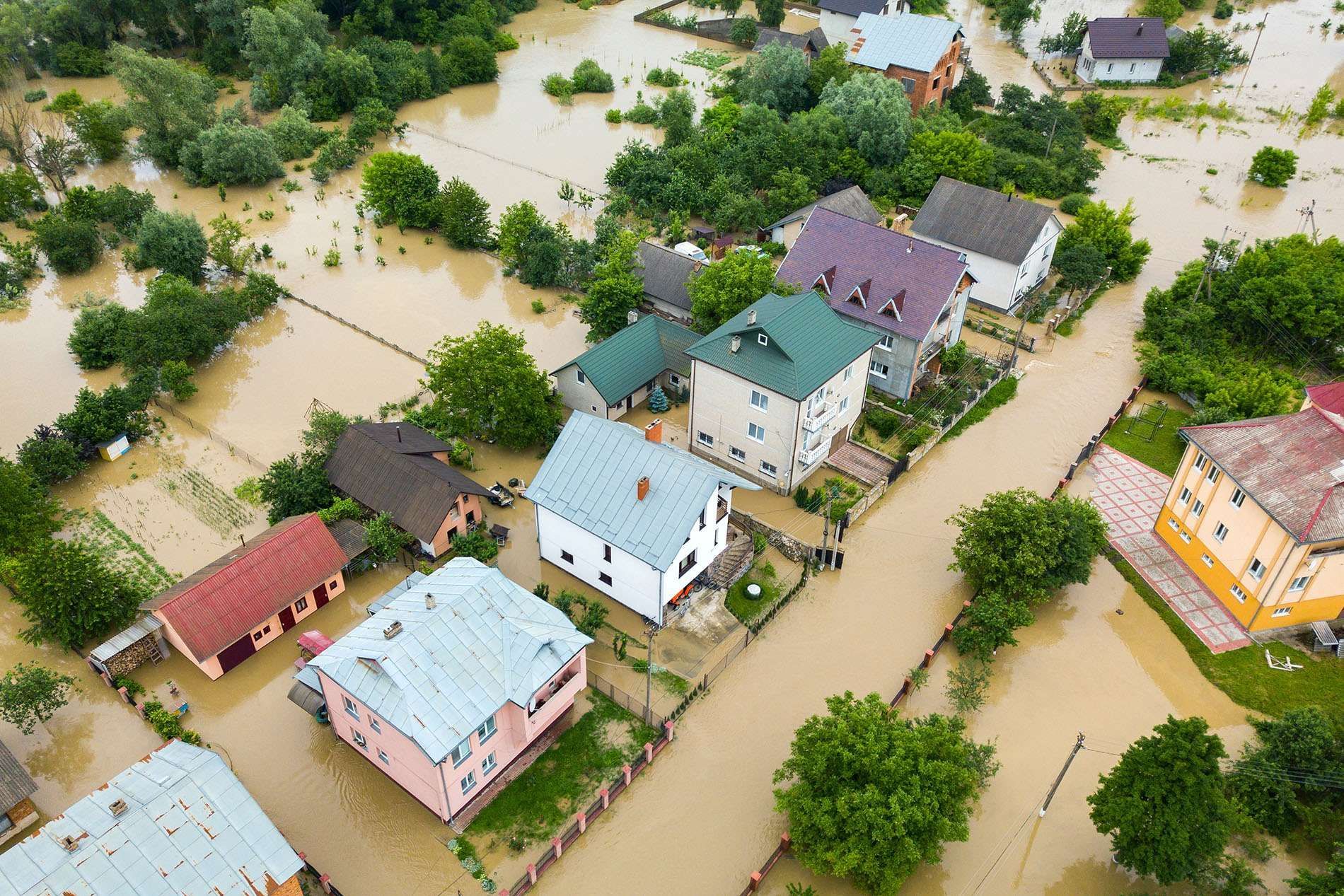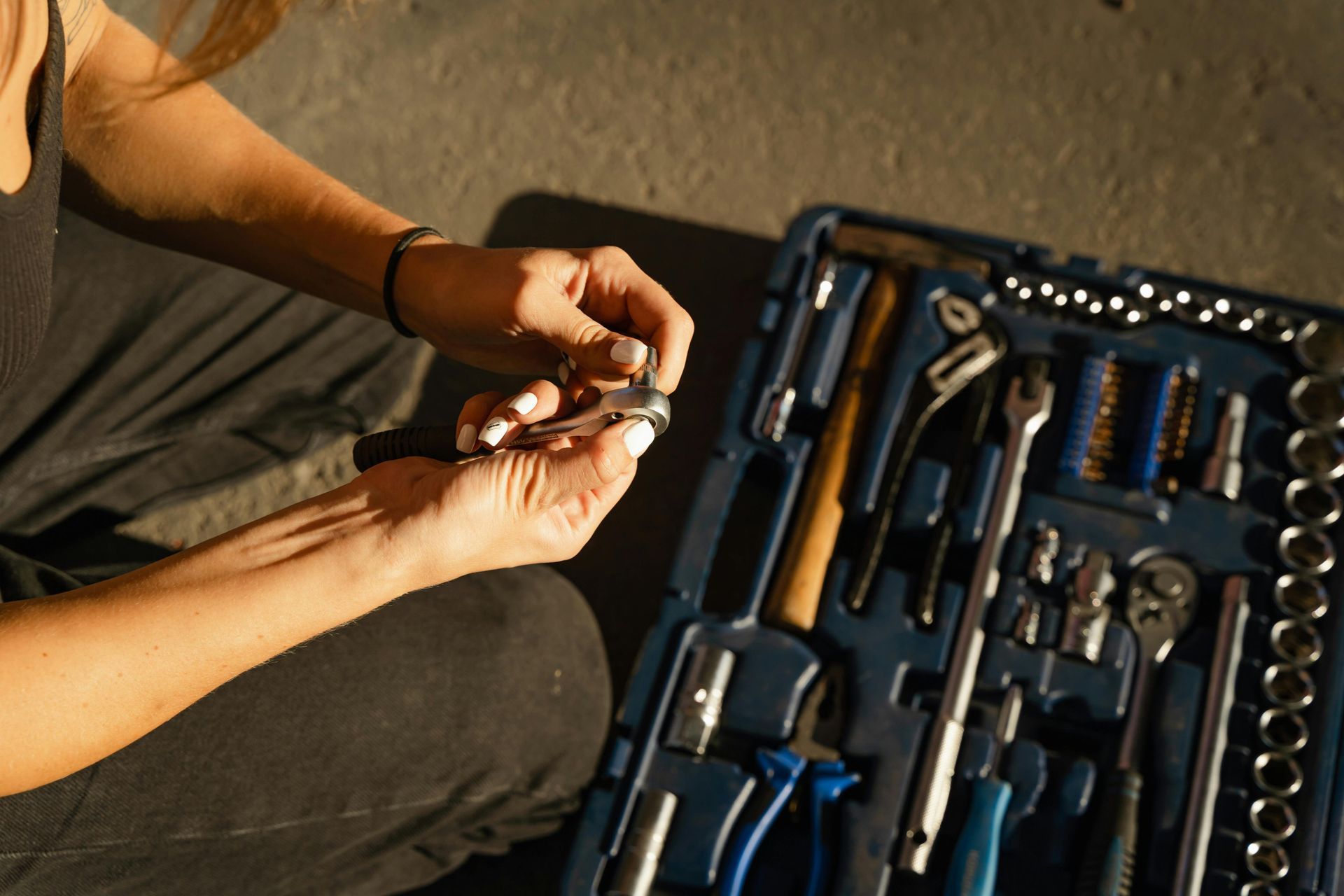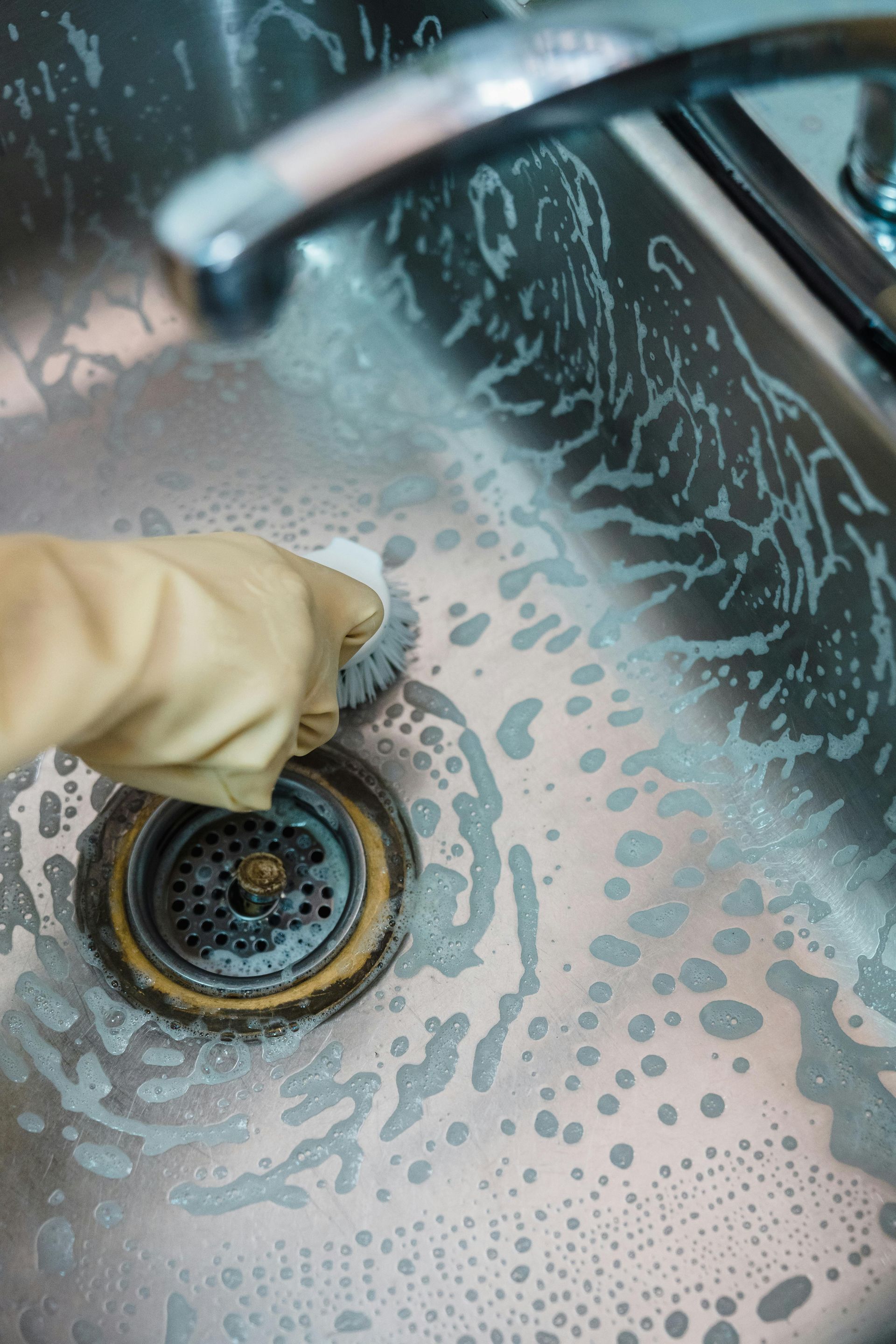Types of Pipes and Their Lifespans: An In-Depth Guide
When it comes to plumbing systems, the types of pipes used play a critical role in both the function and durability of your water supply. The lifespan of these pipes can vary greatly based on material, usage, and maintenance. In this article, we will explore the different types of pipes, their characteristics, benefits, drawbacks, and expected lifespans.
Why Pipe Material Matters
Choosing the right pipe material is essential for both homeowners and commercial buildings. Different pipe materials offer varying levels of durability, safety, cost, and resistance to corrosion or damage. The right selection ensures longevity, reduces repair costs, and safeguards water quality. Moreover, some materials are better suited for specific purposes, such as handling drinking water, wastewater, or pressurized systems.
1. Copper Pipes
Overview:
Copper is one of the oldest and most trusted plumbing materials, widely used in both residential and commercial applications. Its natural resistance to corrosion and ability to handle both hot and cold water make it a reliable choice for water supply lines.
Lifespan:
50–70 years (with proper maintenance)
Benefits:
Durability: Highly resistant to corrosion.
Heat Resistance: Can withstand extreme temperatures.
Safe for Drinking Water: Does not leach harmful chemicals.
Recyclable: Environmentally friendly material.
Drawbacks:
Cost: Expensive compared to newer materials.
Labor Intensive: Requires professional installation and soldering.
2. PEX (Cross-Linked Polyethylene)
Overview:
PEX has become a popular choice for both hot and cold water systems due to its flexibility, cost-effectiveness, and ease of installation.
Lifespan:
40–50 years
Benefits:
Flexible: Can be bent and routed through walls and floors easily.
Corrosion Resistance: Does not corrode like metal pipes.
Affordable: Lower cost than copper.
Easy Installation: Fewer connections needed, reducing leak points.
Drawbacks:
UV Sensitivity: Degrades if exposed to sunlight.
Lower Heat Resistance: Can only handle temperatures up to 200°F.
3. PVC (Polyvinyl Chloride)
Overview:
PVC pipes are commonly used for cold water systems and drainage. Their low cost and ease of use make them a popular option for non-pressurized applications.
Lifespan:
25–40 years
Benefits:
Inexpensive: Low material and installation costs.
Lightweight: Easy to transport and install.
Corrosion Resistance: Does not rust or corrode.
Drawbacks:
Heat Limitations: Cannot be used for hot water systems.
Brittle Over Time: May crack or break under pressure or freezing conditions.
4. CPVC (Chlorinated Polyvinyl Chloride)
Overview:
CPVC is a variation of PVC that has been chlorinated to improve its ability to handle hot water. It is used for both residential and commercial hot and cold water systems.
Lifespan:
50–75 years
Benefits:
Heat Resistant: Suitable for hot water applications.
Corrosion Resistant: Does not corrode like metal pipes.
Affordable: Similar cost to PVC.
Drawbacks:
Potential for Cracking: May become brittle over time.
Installation: Requires professional installation due to specialized fittings.
5. Galvanized Steel Pipes
Overview:
Once a standard for plumbing, galvanized steel pipes have been largely replaced by modern materials but are still found in older homes.
Lifespan:
20–50 years
Benefits:
Strength: Extremely durable and resistant to damage.
Cost: Affordable at the time of installation (though costly in the long term due to corrosion).
Drawbacks:
Corrosion: Prone to rust, especially in areas with hard water.
Restricted Flow: Can become clogged with rust over time, reducing water pressure.
6. HDPE (High-Density Polyethylene)
Overview:
HDPE pipes are widely used in outdoor, underground, and pressurized water systems. They offer excellent flexibility and chemical resistance.
Lifespan:
50–100 years
Benefits:
Flexible: Can bend without breaking.
Resistant to Corrosion: Handles chemicals and moisture well.
Lightweight: Easy to install and transport.
Drawbacks:
Cost: More expensive than PVC.
UV Sensitivity: Like PEX, it degrades under sunlight exposure.
7. Cast Iron Pipes
Overview:
Cast iron pipes are typically used for drainage, sewage, and stormwater systems. Although they are heavy and difficult to install, their long lifespan makes them a reliable choice for large-scale infrastructure.
Lifespan:
50–100 years
Benefits:
Durable: Can withstand heavy loads and extreme conditions.
Noise Reduction: Excellent soundproofing qualities, reducing the noise of water flow.
Resistant to Wear: Less likely to wear out from constant water flow.
Drawbacks:
Weight: Extremely heavy, making installation difficult.
Corrosion: Can corrode over time, especially in sewage systems.
8. Stainless Steel Pipes
Overview:
Stainless steel is an expensive option but offers exceptional strength, corrosion resistance, and durability.
Lifespan:
50–100 years
Benefits:
High Corrosion Resistance: Ideal for harsh environments.
Durability: Can handle high pressures and temperatures.
Aesthetics: Often used in visible areas for a sleek, modern look.
Drawbacks:
Expensive: One of the most costly materials.
Difficult Installation: Requires specialized tools and expertise.
9. Ductile Iron Pipes
Overview:
An improved version of cast iron, ductile iron pipes are often used in municipal water systems. Their enhanced durability makes them a popular choice for large infrastructure projects.
Lifespan:
75–100 years
Benefits:
High Strength: Handles extreme pressure and heavy loads.
Corrosion Resistant: Treated to resist rust and corrosion.
Durable: Lasts for decades with minimal maintenance.
Drawbacks:
Cost: More expensive than many alternatives.
Weight: Difficult to handle and install.
10. Polypropylene Pipes
Overview:
Polypropylene (PP) pipes are becoming increasingly popular in modern plumbing due to their chemical resistance and non-toxic nature.
Lifespan:
50–100 years
Benefits:
Environmentally Friendly: Can be recycled.
Non-Toxic: Safe for drinking water systems.
Resistant to Corrosion: Does not corrode or scale.
Drawbacks:
Cost: Relatively expensive compared to PVC or PEX.
Specialized Fittings: Requires specific tools and fittings for installation.
Pipe Types and Their Lifespans at a Glance
| Pipe Type | Lifespan | Key Benefits | Key Drawbacks |
|---|---|---|---|
| Copper | 50–70 years | Corrosion-resistant, safe for drinking water | Expensive, labor-intensive to install |
| PEX | 40–50 years | Flexible, easy to install, affordable | UV sensitivity, lower heat resistance |
| PVC | 25–40 years | Inexpensive, lightweight, corrosion-resistant | Brittle over time, heat limitations |
| CPVC | 50–75 years | Heat resistant, affordable | Potential for cracking, professional installation |
| Galvanized Steel | 20–50 years | Strong, durable | Prone to rust, reduced flow over time |
| HDPE | 50–100 years | Flexible, resistant to corrosion | Expensive, UV sensitivity |
| Cast Iron | 50–100 years | Durable, noise reduction | Heavy, prone to corrosion |
| Stainless Steel | 50–100 years | Highly durable, corrosion-resistant | Expensive, difficult to install |
| Ductile Iron | 75–100 years | Extremely strong, corrosion-resistant | Heavy, high cost |
| Polypropylene (PP) | 50–100 years | Non-toxic, recyclable, corrosion-resistant | Expensive, specialized fittings required |
FAQs
What is the best pipe material for drinking water?
For drinking water, copper is a popular and safe choice due to its corrosion resistance and long lifespan. PEX and stainless steel are also great alternatives as they don’t leach harmful chemicals into the water.
How often should pipes be replaced?
The need for replacement depends on the type of material used. Generally, pipes like galvanized steel or cast iron should be inspected every 20–50 years, while materials like copper and PEX can last over 50 years with proper maintenance.
What are the signs that pipes need replacing?
Signs include low water pressure, discoloration in the water, frequent leaks, and visible corrosion or rust. A professional inspection can determine the condition of your plumbing system.
Conclusion
Choosing the right pipe material for your home or building is crucial for long-term performance and safety. By understanding the different types of pipes and their expected lifespans, you can make informed decisions that suit both your immediate needs and future maintenance goals. Whether you're building new, renovating, or maintaining an existing system, each material has its pros and cons, so choose wisely to ensure a reliable plumbing system for years to come.


